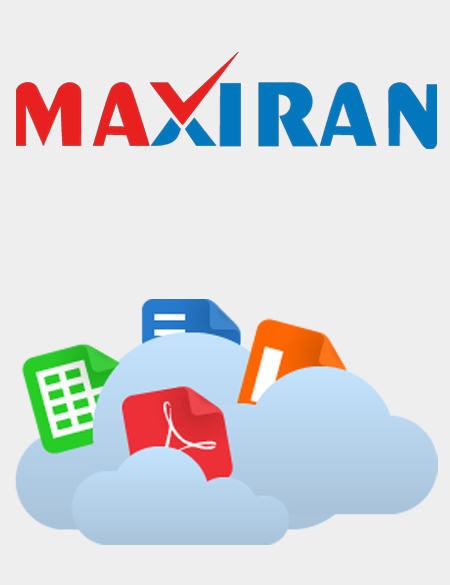اینترنت موبایل فرودگاه: یک نوآوری Airport mobile internet an innovation
- نوع فایل : کتاب
- زبان : انگلیسی
- ناشر : Elsevier
- چاپ و سال / کشور: 2017
توضیحات
رشته های مرتبط مهندسی فناوری اطلاعات IT و علوم فنون هوایی
گرایش های مرتبط اینترنت و شبکه های گسترده
مجله مدیریت حمل و نقل هوایی – Journal of Air Transport Management
دانشگاه دانشکده هواپیما و علوم هوایی، اوزیگین، استانبول، ترکیه
نشریه نشریه الزویر
گرایش های مرتبط اینترنت و شبکه های گسترده
مجله مدیریت حمل و نقل هوایی – Journal of Air Transport Management
دانشگاه دانشکده هواپیما و علوم هوایی، اوزیگین، استانبول، ترکیه
نشریه نشریه الزویر
Description
1. Introduction Commercial airports are under increasing pressure from both, customer airlines and shareholders to keep prices competitive and remain profitable. Developing commercial revenues is one way for airports to please both. However, factors such as consumer trends, security developments and political changes, have made it much more challenging for airports to develop commercial revenue (Graham, 2009). To overcome some of these challenges, airports need to innovate by exploring new operating methods, one of which is the use of mobile Internet. Mobile Internet was first used in Japan in the late 1990s and gained popularity in the search for travel information in the late 2000s (Okazaki and Hirose, 2009). The year 2009 saw some of the first airports adopting mobile Internet services. For instance, during 2009 Dallas Fort Worth airport in the USA introduced its first mobile website (DFW, 2009) and Aeroport de Paris in France its first iPhone App (Aeroport de Paris, 2009 ). Mobile Internet is redefining the new economy and the terms e-commerce or e-business offer new opportunities to increase revenues and reduce costs in many industrial and service sectors. The adoption of mobile services by airports can be considered an innovation following the definition given by Orfila-Sintes et al. (2005): “… the conversion of technological knowledge into new services” (p. 852). These new mobile services or applications (apps) are not only communication tools that guide passengers from the check-in area to the gate, but are also nowadays used to customize the passenger experience while developing new commercial revenues (Munneke, 2014). Kaur (2013) goes even further defining this as a revolution where next generation mobile devices running next-generation mobile apps will become the major platform to conduct business in any firm or sector.


